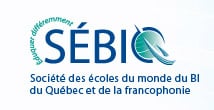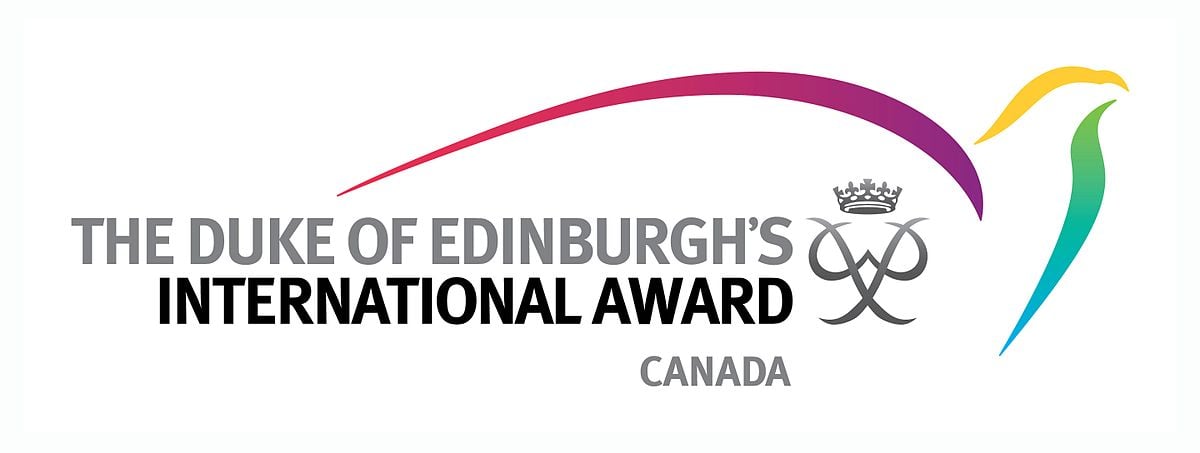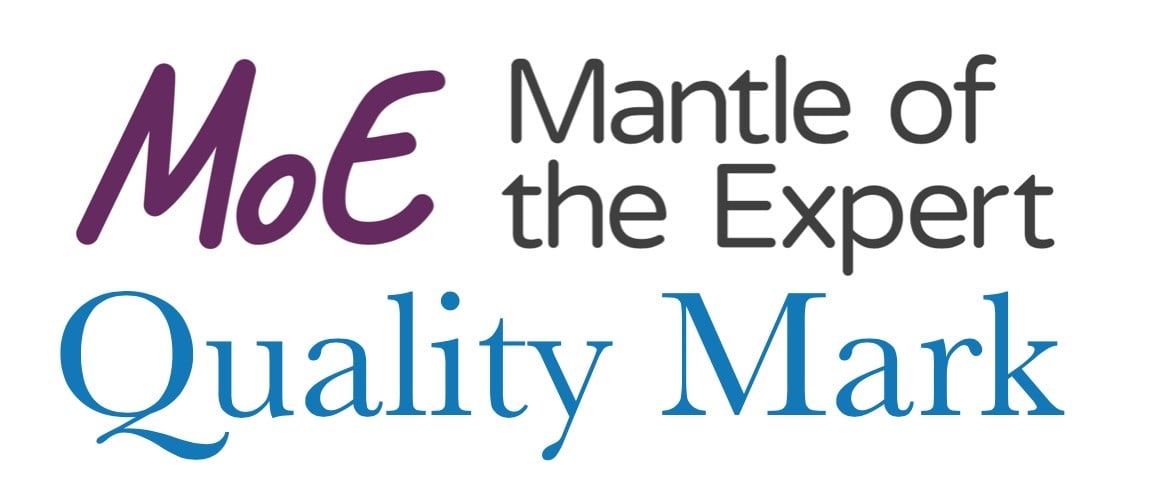Imagine a classroom where students aren't just reading about science, but actively discovering it. Picture children making predictions, testing ideas and drawing conclusions about the world around them.
This isn’t science fiction – it’s the power of the scientific method in action.
At Haut-Lac International Bilingual School, we are proud of our Primary Science Quality Mark (PSQM) - Gilt Level accreditation from Hertfordshire University. This award recognises established, effective science leadership that sustains a consistent impact on science teaching and learning across the school.
This year-long accreditation process enabled the science subject leader to increase the profile and quality of science within the school with the help of other teachers and the pupils. All demonstrated their commitment to scientific discovery by embedding practical approaches such as scientific method into lessons, in line with a collectively agreed vision and scientific principles.
.png?width=341&height=341&name=sceince%20primary%20(3).png)
What is the Scientific Method
The scientific method guides individuals in solving problems or answering questions according to the following steps:
- Observation – noticing something intriguing or asking a question about how or why something happens
- Hypothesis – making a guess or prediction about what might happen based on observations
- Experimentation – designing and carrying out an experiment to test the hypothesis
- Analysis – looking at the results and determining if they support or refute the hypothesis
- Conclusion – drawing a final conclusion based on the analysis, and suggesting steps for further exploration
By breaking down complex scientific ideas into these steps, children not only learn about the world but also develop a methodical approach to problem-solving.
.png?width=358&height=358&name=sceince%20primary%20(2).png)
Why Haut-Lac Introduced the Scientific Method in Primary?
The scientific method is a structured approach to inquiry. While it’s often associated with university-level laboratories and professional research, it is just as valuable in primary schools.
Introducing this method early can inspire curiosity for learning in young students, help them develop a deeper understanding of the world around them, and boost:
- Critical Thinking Skills: They learn to ask questions, make predictions and evaluate evidence, rather than simply memorise facts. This encourages a mindset that is open to discovery and problem-solving.
- Curiosity: The scientific method capitalises on children's natural curiosity. It helps them see science as a tool for finding answers, whether about the natural world, physical phenomena, or own daily experiences.
- Collaboration and Communication: The process of scientific inquiry often involves teamwork. In school settings, students may work in groups to design experiments, record results and analyse data. These collaborative activities foster communication skills as students discuss their observations, share ideas, and work towards common conclusions.
- Foundation for Future Learning: Having learnt the basics in primary school, students will be better prepared to ask questions, conduct experiments and evaluate evidence on more complex topics in secondary school.
.png?width=350&height=350&name=sceince%20primary%20(1).png)
How do Primary Teachers use the Scientific Method in the Classroom at Haut-Lac?
Teachers can easily incorporate the scientific method into everyday classroom activities. For example, they might ask students to observe changes in the weather over a month, hypothesise why certain weather patterns occur, and then track their predictions.
Other fun experiments might involve testing different materials to see which makes the best insulator or learning about the properties of different liquids.
By using the scientific method in primary school, educators can equip young learners with skills that will serve them throughout their academic journey and beyond. They will cultivate both a love for science, and nurture problem-solving, critical thinking and creativity — invaluable skills for any field.
The scientific method encourages students to stay curious, think deeply and seek answers to the questions that fascinate them. In this way, primary schools can ignite the next generation of scientists, thinkers and innovators.
Arron Steel
Primary Science Leader













